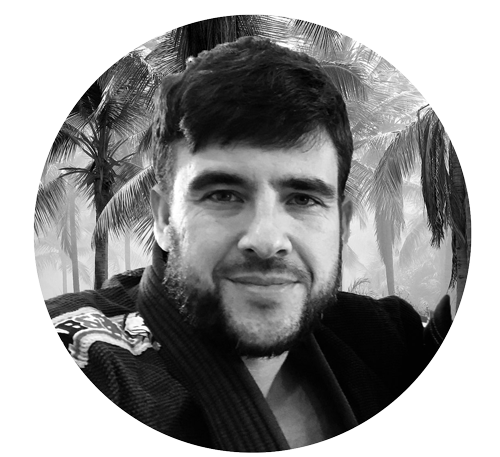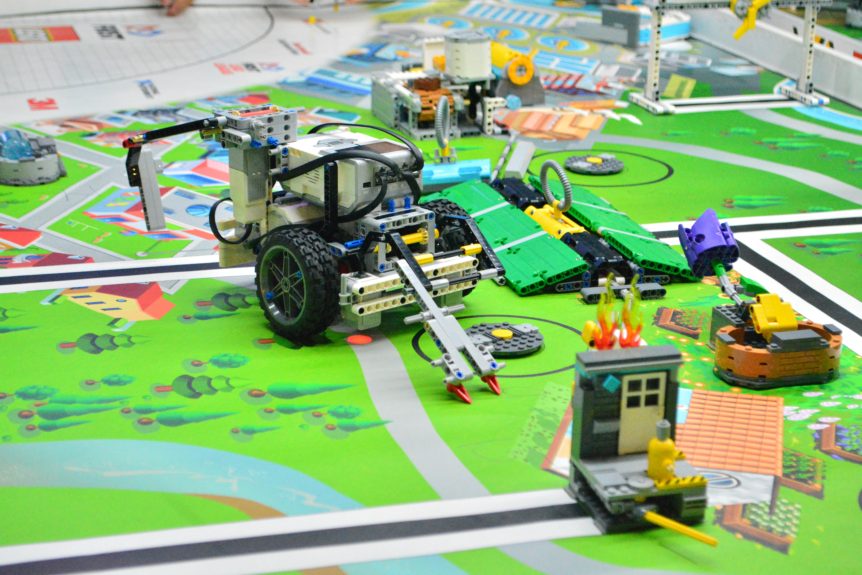Last week I introduced what I would consider to be a first-pass approach to framing up an early hypothesis and then talked about how to pull together a simple structure before heading outside to talk to real people.
Before we jump into this week’s article, I wanted to take a minute to mention something about the way I am approaching this series. While my overall outline spans close to a dozen articles, the articles themselves have not been pre-written. Meaning, there’s no batching here. The writing happens each week. The reason I took this approach is because as I receive emails and feedback it gives me a chance to address questions or go deeper in certain areas where there is more interest.
That said, I received a few emails on last week’s article, and there was an interesting dialogue that opened up between myself and Steve, a CTO of a Crypto Identification Company in Los Angeles. He asked a question about the point I made last week when I was talking about searching for opportunities to provide customers with pleasure or remove pain (also known as gain creators and pain killers).
I only explained this on a surface level last week, but because I’ve had a few questions on it now, I’ll take a moment to unpack it. First: can you have both the removal of pain and creation of pleasure simultaneously? Yes. A customer job can do both—and obviously this is the optimal scenario.
There are two noteworthy points here:
- In business we tend to make trade-offs or compromises. As a result, we seldom arrive at that intersection where our solution provides both pleasure and removes pain. This may be due to cost, resource availability, technical constraints, KPI (Key Performance Indicator) pressures, etc.
- If an individual is faced with a choice between gaining pleasure or removing pain, they will nearly always seek to reduce/remove the pain.
Given these two points, when the feature set is winnowed away we are often left with only pain killers.
However, what we should aspire to deliver with our solution is something called the Ideal Final Result (IFR). In the TRIZ methodology, the IFR is a destination we’d like to arrive at where the customer receives all of the benefits and the pleasure from the product, service, or process without any of the cost or harm to achieve it. Think of that idea: free, perfect, and available now. What we’d like to happen then is for the product to remove all the customer’s pain and provide them with maximum pleasure while costing them nothing and requiring no effort on their (or the supplier’s) part to achieve this. It’s doable.
_____________________________________________________________________
Onto the topic of the week. Just a few weeks ago I was out with Tony, an executive from a medical instrument manufacturer here in Sydney. Tony and I were working through the discovery process and catching up with Dr. Evelyn, a dentist who specialises in implantology. While we were in her office chatting through our list of planned interview questions, she made a passing comment about her focus shifting away from practice growth and onto maintaining her personal health. More specifically, she said her wrist has been aching and she expressed concern about developing a repetitive strain injury.
At this point I went completely off script and asked her if she could provide us with a simple demonstration to show us how she normally performs a specific procedure.
She obliged, and from here I launched into a dozen or so questions that we weren’t originally intending to ask. While she was answering my questions, I quickly started sketching out a little diagram of an idea that was forming during her demonstration. I flipped it around to show her what I was working on; she picked up a marker and made a few tweaks to my drawing, and we ended up with a solution sketch for a future prototype. Dr. Evelyn asked us if we were going to do anything with the sketch. Tony said he would create a 3D model and bring it in for her to test, which she was ecstatic about.
As soon as we walked outside Tony immediately turned to me and asked where on earth all those questions came from. I just laughed and said I can’t release the IP.
Look, the questions themselves are only an outcropping of the organisation’s purpose and the necessary conditions that underpin that purpose. I explained to him there were a few things driving my questions. First, I have a crystal-clear understanding of what Tony wants to accomplish for his organisation and what his timeline is for achieving it. This meeting was about discovery. We had an idea of what the problem was, but as soon as we sat down in front of the customer I realised we were trying to solve the wrong problem, for Dr. Evelyn anyway. This is why segments and archetypes are so important for understanding your customers’ wants and needs. You might have the right solution—but you may be pitching it to the wrong segment.
For this project, there was no ambiguity in my mind regarding the beacon on the hill. On the customer’s side, although I had spoken with a few specialists already and had a good sense for what questions I should be asking, Dr. Evelyn’s biggest pain point came out of left field. For her, the single most important thing she could be focusing on right now was the pain in her wrist, even more than increasing practice revenue. As much as I wanted to work through my initial list of questions, I had two choices: cut her off and get back to pushing my agenda, or paraphrase back to her, “You have concerns about your wrist?” And then I could explore whether that comment was in fact the most important thing going on in her world at this very moment.
In this instance we were able to identify a real issue for the customer that was originally outside of our purview. It doesn’t always work this way, and more often than not you’ll need to refocus the customer’s attention. But once you’ve done a few of these you’ll start to develop a real sense of where the opportunity is based the customer’s own experience.
But you have to remember, if you’re taking an idea out for the discovery phase, you can’t push this idea. The whole point of discovery is validation. Or invalidation, really. You are trying to prove your hypothesis wrong. And if no one cares about what you’re talking about and instead wants to talk about something else that’s causing them a lot of pain, you need to listen.
From there it’s just a matter of using sound cause-and-effect logic to guide your line of questioning from the goal state down into the customer’s tower of wishes and woes. A little “if, then” logic goes a long way here. If our product delivers the desired outcome and meets their budget, time line, quality needs, etc., then we can help the customer overcome their pain. If you’re able to ask the right questions, you may be able to uncover that elusive product-problem solution you’ve been searching for.
Let me recap a few important points: Once you’re clear on specifically what you’re trying to accomplish and you spend time with actual customers observing what, how, when, where, and why they do something, you’ll begin to understand and empathise with them. Get as close to feeling what they feel as possible. If you can, try to experience it for yourself. You’ll see. When you get out there with the customer, magical will things happen.
And while it’s important to go in with a clear set of questions to ask, the actual questions you do ask may change as the interview progresses. Start with your beacon on the hill and let the conversation evolve.
Until next time –

Mike is the Founder and General Manager of Redshift Consulting, Founder of Praetorian Code, and Board Member to the International Business TRIZ Association. He holds a Masters in Innovation and Entrepreneurship (UMD) and a Bachelors in Psychology and Education (UCSB). He is a Certified Lean Six Sigma Black Belt (UTS); Certified Practitioner of Theory of Inventive Problem Solving (TRIZ); former US Army Ranger and a Brazilian Jiu-Jitsu fanatic.

